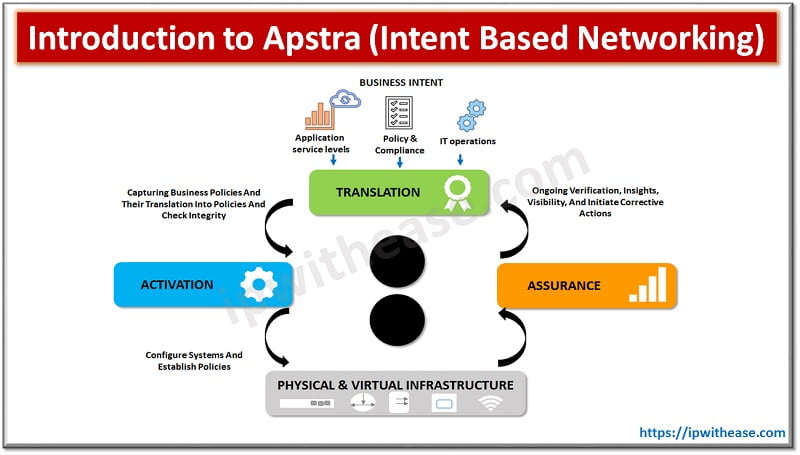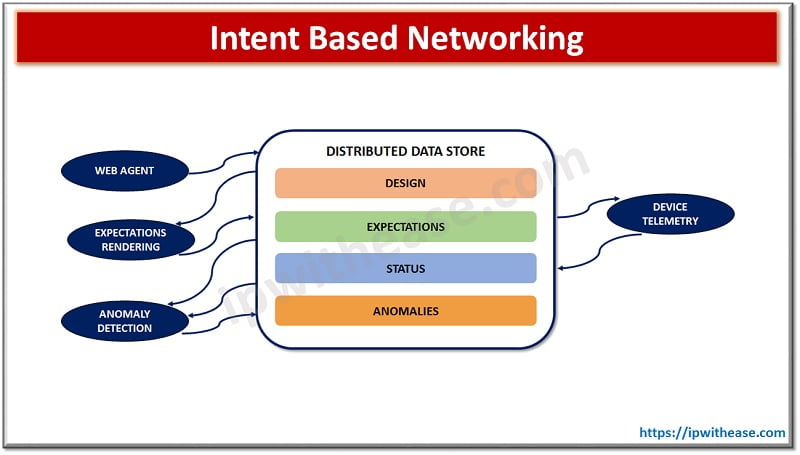
Apstra (Intent Based Networking): Data Center Automation
Traditional networks relies on command line interface (CLI) to manually setup policies for all networking devices from different vendors individually in an enterprise environment. Each vendor devices have unique interface and syntax for their products, which result in IT network engineers to learn CLI syntax for each of the vendor device to achieve the business objectives of the organization.
This technology approach is shift from CLI; Intent based networking (Apstra) operates as a Network-as-a-service (NaaS) meaning it is end to end networking which seamlessly manages all devices on one interface in the networking domain. Intent based networking adds DevOps, and allows network operators better control over the running network.
In this article we will learn more about Postman tool, testing APIs with Postman, testing automation and much more.
Apstra (Intent based networking)
Apstra is intent based networking which is used to automate all aspects of the network design, build, deploy and operate phases. It leverages intent-based analytics, continuously validates network, eliminates complexity, handling vulnerability and outages to build a more resilient and secure network. Apstra provides automated management of data center leaf spine network services, real time closed loop validation using advanced data analytics, seamless cloud scale network deployments.
Features of Apstra (Intent based networking)
Apstra is delivering Intent based networking since 2014, founded by Mansour Karam
- Validates intent objects before apply them to network. Intent objects represent high level view of desired properties required to be achieved in actual networks.
- Instantaneous rollback or roll-forward
- Limit impact and scope of failures during new intent rollout using well defined policy
- Intent based fallback. As desired out come is known it can maintain those outcomes and reconfigure devices to simulate same results
- Break down operational tasks into simpler elements and automate them
- Eliminate human error in the flow from expressed intent to create and deploy specific configurations
- Operations running under 24*7 window makes maintenance schedules tough to create however with IBN they are performed in production without any impact
- Standardization of network segments is achievable
- Reduction in mean time to repair and SME workload by simplification of operational analytics and free more skilled resources in improving and innovating
- Extraction of more knowledge by collecting and storing less data. It is only collects what it is looking for and let run infrastructure in efficient manner and remain cost conscious
- Automate complex workflows by enabling automation of context rich troubleshooting workflows
- Enable zero maintenance touch in the presence of change as it is in constant sync and automatically responds to changes and saves huge costs associated in maintaining data
Architecture – Apstra (Intent based networking)
Apstra is based on distributed state management infrastructure which can be defined as data centric communication fabric with horizontally scalable and fault tolerant in memory data store. All functionalities are implemented via stateless agents. Agents communicate with each other using logical publish-subscribe-based communication channel and implement the application logic.
There are three classes of agents as under:
- Interaction (web agents) to interface with users, taking user inputs and feed users with relevant context from data store
- Application agents are responsible to perform application domain specific data transformation, subscribe to input entities and produce output entities
- Device agents reside on a managed physical or virtual system such as switch, firewall, load balancer and used for writing configuration and gather telemetry using device specific interfaces.
Web agents take user inputs such as links, resource pools to use etc. Build agent subscribes to this intent and perform validations to ensure completeness and correctness, allocate resources from resource pools. Assuming validation is completed the build agent publishes that intent along with resource allocation into the data store.
Agents communicate via attribute-based interfaces by publishing entities and subscribe to changes in entities.

Conclusion
The inability to make reliable changes in IT infrastructure is a major challenge to growth and business innovation. Intent based networking eliminates that and makes it possible to remove the dreaded ‘Legacy network infrastructure’ forever and empowers to make changes in reliable way.
Continue Reading:
Introduction to Postman: API Development Platform
Top 10 trends in Automation Testing Tools
Tag:software



